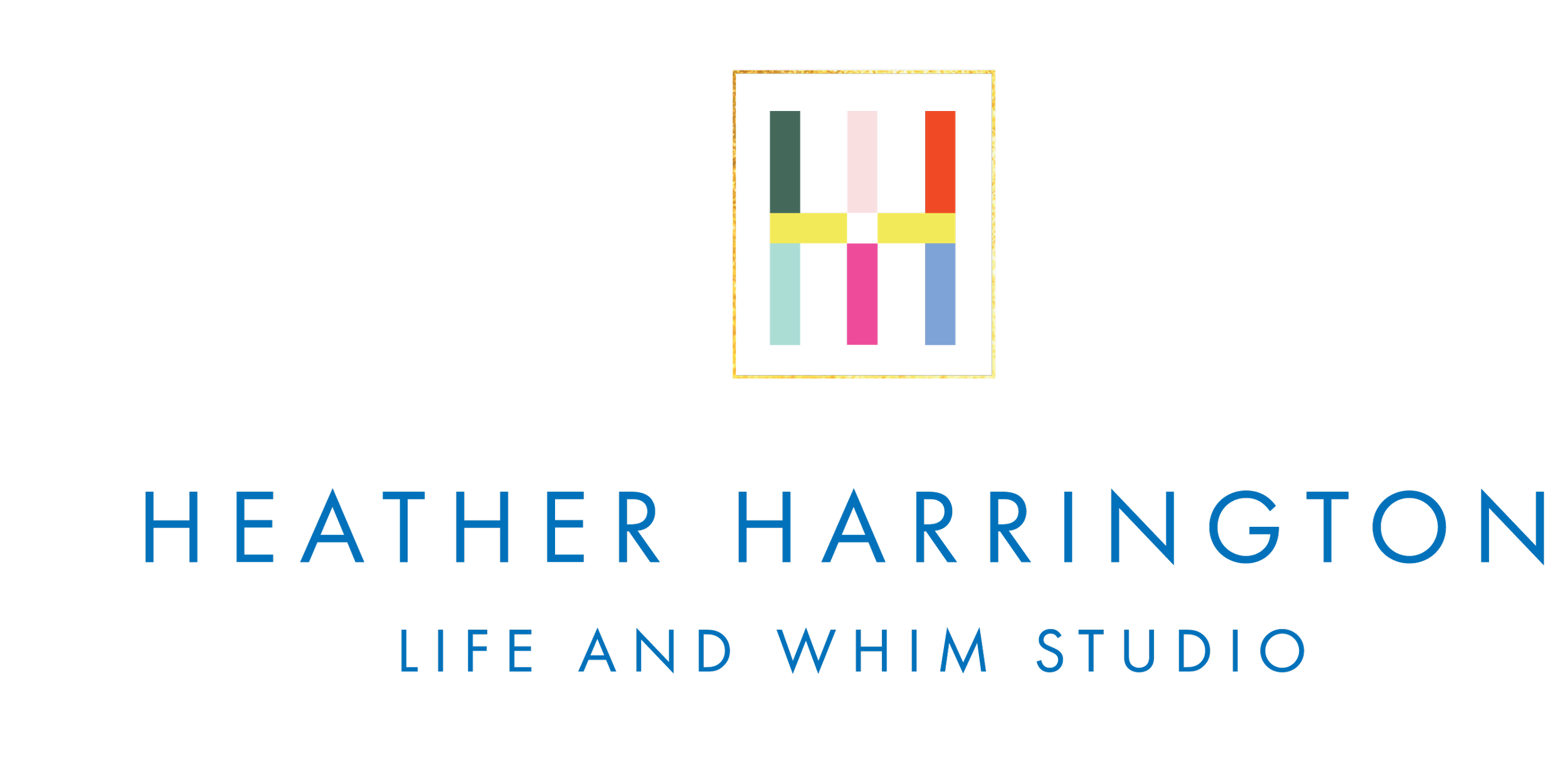Escaping the Insufferable Status Quo
In the last decade, my wife, Heather, and I have made some significant changes in our lives.
Nine years ago, I stopped practicing law.
Eight years ago, we ditched our bricks-and-mortar office and shifted to a virtual business model.
Six years ago, we moved our family from a suburb of a large city to a small town in northern Michigan.
Each decision was excruciatingly hard to make. I conjured up all types of reasons not to make them. Fear is a powerful form of resistance.
What if I can’t support my family? What if we don’t make any friends? What if we come to regret our decision. What if?
But looking back, the fear I felt was totally unfounded and the change we wrought has been almost universally positive. The events of the last 12 months have served as a reinforcing exclamation point. When COVID-19 hit, we were already set up to work remotely from a location, Traverse City, Michigan, that has been a hot spot for pandemic relocation because of its low density and beautiful natural surroundings.
There’s no way we could have known how things would play out when we made our decisions. But we now know with certainty that our worst fears didn’t materialize. Just the opposite, in fact.
With the benefit of hindsight, it’s also clear what caused me such trepidation in my decision-making. I was influenced by the tendency, shared by most of us, to prefer that things stay the way they are despite the possibility of a brighter future.
This is known as “status quo bias,” and it’s a big impediment to positive change. It’s tempting to avoid the discomfort of change even if we’re not satisfied with the status quo.
Status quo bias is pervasive. It’s what stops us from pursuing new job opportunities and keeps us in unfulfilling relationships, among other things. We perceive the fear of the unknown, no matter how unlikely the worst-case scenario we imagine might be, as less tolerable than the insufferable status quo. According to Seneca the Younger, “We suffer more often in imagination than in reality.”
Fear causes discomfort, so we avoid it. And our brains, which seek to protect us from fear, amplify the potential negative ramifications of taking action and minimize its benefits.
To overcome the fear and start taking action, grab a pen and a pad and write down:
1. What you're worried about
2. The potential benefits of taking action
3. The consequences of inaction
It’s only by getting what we fear out of our heads and down on paper, and analyzing them rationally, that we can do a proper cost-benefit analysis of the actions we intend and the change we seek.
The alternative is to look back with regret. After all, it’s well documented that, at the end of their lives, few people feel remorseful about the actions they took, even if they didn’t turn out as intended. In most cases, they rue having never taken action in the first place.


